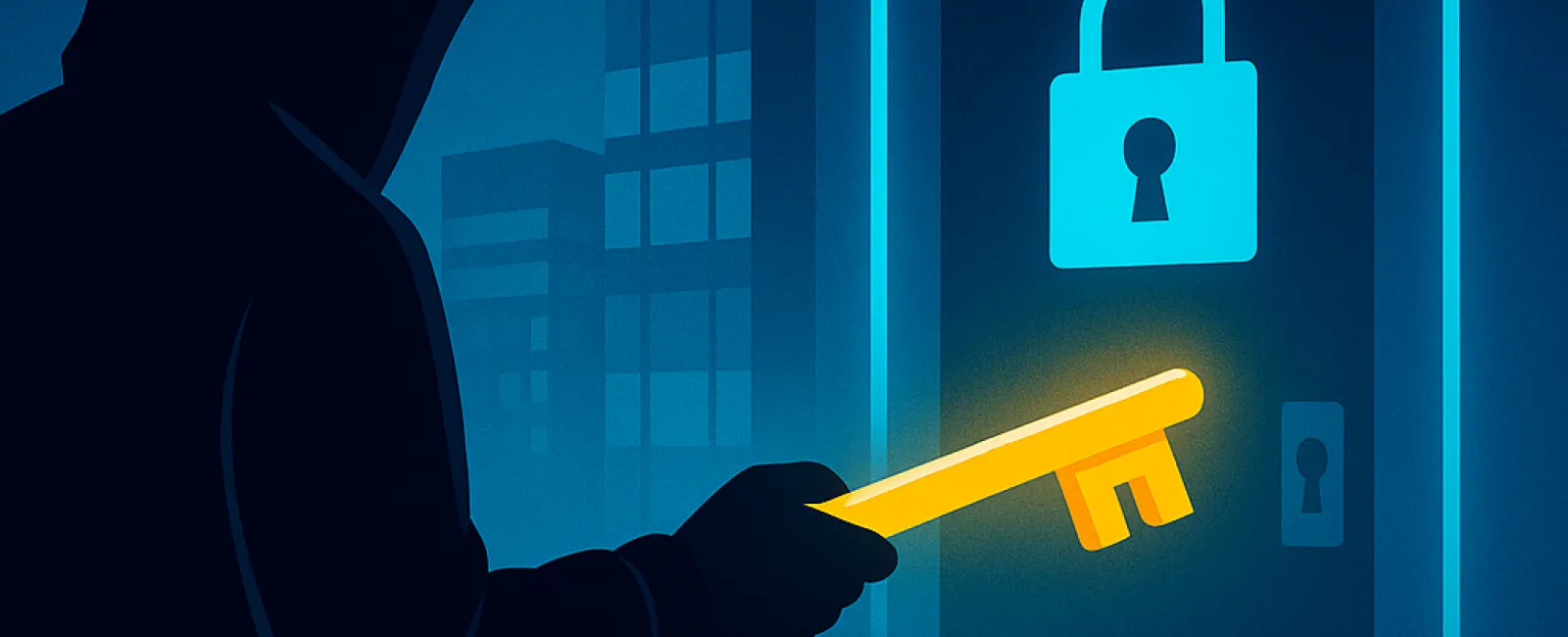August 04, 2025
Cybercriminals no longer rely on brute force to attack small businesses; instead, they exploit your most vulnerable entry point—your login credentials.
These identity-based attacks have surged to become the leading method hackers use to infiltrate systems. They steal passwords, deceive employees with sophisticated phishing emails, or bombard users with relentless login prompts until someone accidentally grants access. Alarmingly, this strategy proves highly effective.
Recent data reveals that 67% of critical cybersecurity incidents in 2024 originated from compromised login details. Notorious breaches targeting major corporations like MGM and Caesars occurred through these very tactics last year. If global giants are vulnerable, so is your small business.
How Are Hackers Breaching Your Defenses?
The gateway often starts with something as simple as a stolen password, but hackers are deploying advanced methods to gain entry:
· Phishing attacks with counterfeit emails and fake login portals trick employees into revealing sensitive information.
· SIM swapping hijacks text message-based two-factor authentication (2FA) codes.
· Multifactor Authentication (MFA) fatigue overwhelms users with approval requests until one is mistakenly accepted.
Cybercriminals also target personal devices of employees and third-party vendors, like help desks and call centers, to find alternative ways inside.
Essential Steps to Shield Your Business
The good news? You don't have to be a cybersecurity expert to safeguard your company. Implementing a few strategic measures can make a powerful difference:
1. Activate Multifactor Authentication (MFA)
Add a robust layer of security through MFA—preferably app-based or security key methods, which are far more secure than SMS-based codes.
2. Educate Your Team
Empower employees to detect scams by training them to recognize phishing emails and suspicious login attempts, ensuring they know how and where to report concerns.
3. Restrict Access Privileges
Grant employees only the permissions necessary for their roles. This limits a hacker's reach if an account is compromised.
4. Adopt Strong Password Practices or Passwordless Solutions
Encourage use of password managers or move towards biometric logins and security keys that eliminate reliance on passwords entirely.
Your Next Move to Security
Cybercriminals relentlessly evolve their methods to capture your credentials, but you don't have to face the threat alone.
We are here to support you with tailored protective strategies that secure your business while keeping operations smooth and user-friendly.
Wondering if your business is at risk? Click here or give us a call at 507-718-4288 to book your 15-Minute Call.





